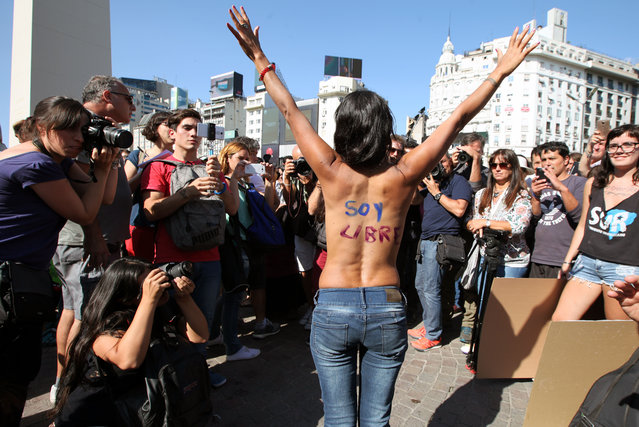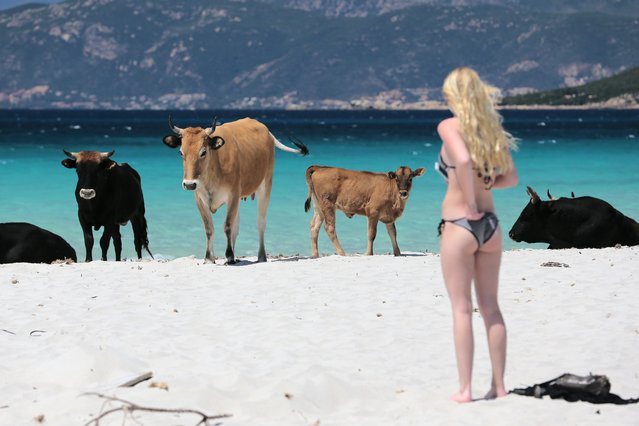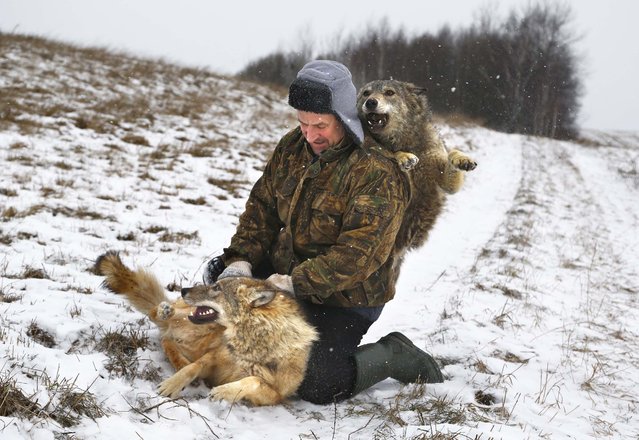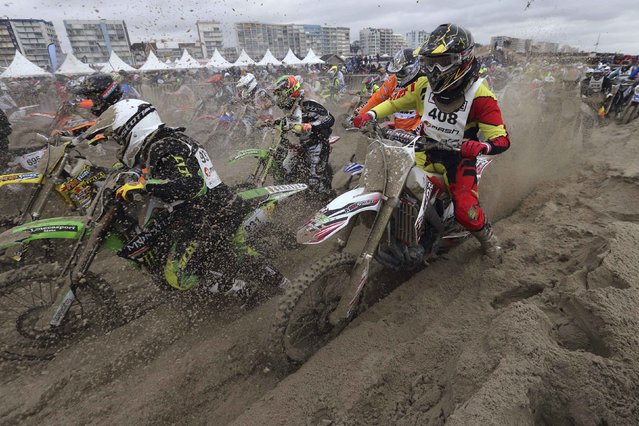
Women stage a topless protest in Buenos Aires, Argentina on February 7, 2017. Activists take to streets of downtown after three women had been topless sunbathing on Necochea, near Buenos Aires, when they were approached by officers that told to cover their breasts. The sunbathers and officers argue, with the girls insisting going topless is not illegal, but the police insist they are offending the local culture. This protest is in support of the three women of Necochea. (Photo by Claudio Santisteban/ZUMA Wire/Rex Features/Shutterstock)
09 Feb 2017 09:53:00,post received
0 comments







